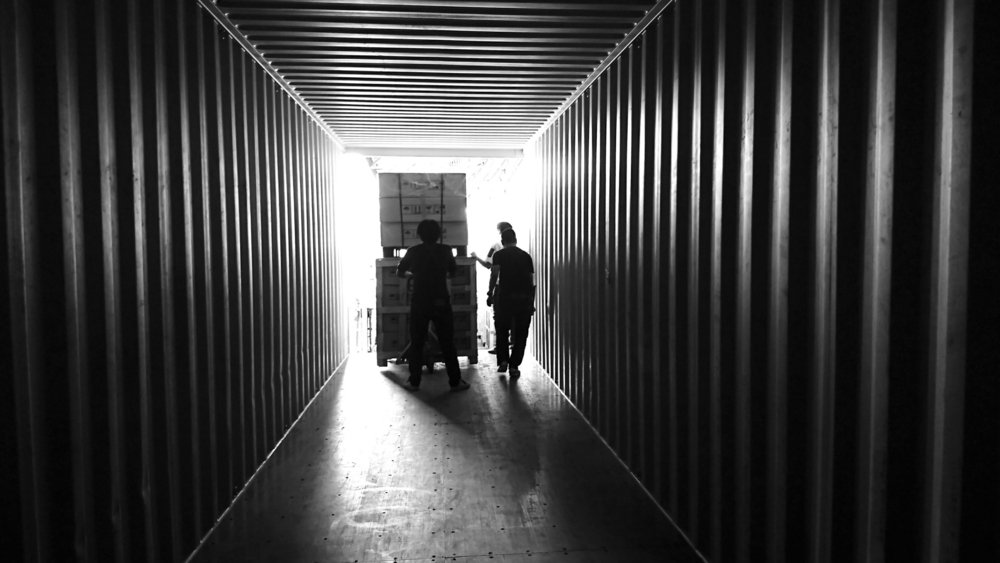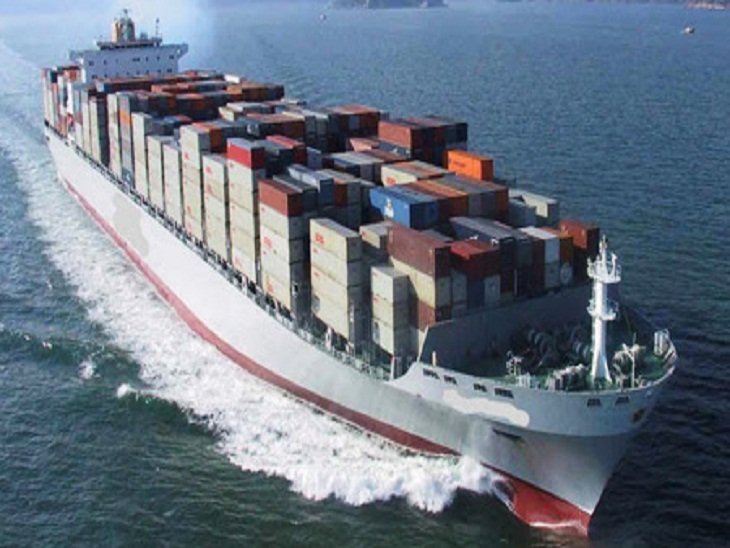Loading a shipping container is just as much an art as it is a science. For those new or unfamiliar to the task, maximizing the efficiency of available space, protecting the integrity of your goods, all while respecting container rules regulations can be extremely difficult!
Fortunately, Bank & Vogue is here to help with the following tips. Keeping these in mind while planning and executing the loading of your shipping container, and you can avoid the pitfalls of poor container management!
1) Those Responsible For Loading Should Also Be Responsible For Management
Designating the task of managing and performing shipping container loading to employees in different roles can expose you to significant wasted costs.
When those responsible for loading a container must go through a manager for every problem they encounter, you increase the burden of time and money required to solve each one by an order of magnitude.
When those loading your containers are granted the autonomy, power, and budget to communicate and make decisions independently; your organization can enjoy the benefits of a far more efficient process.
Not only do your loaders have a far more intimate understanding of precisely what is needed to succeed at the tasks set out for them, but cutting out managerial interference means they can get what they need faster.
2) Have High Standards For Container Condition
When your container arrives, rigorous inspection procedures are tremendously beneficial to reducing your exposure to risk during the shipping process.
Once the container leaves your facility, the goods are out of your hands, but you are still responsible for them! Replacing a poor container with a different one may come at the cost of wasted time and sitting inventory; but if your container does not arrive in good condition, you expose yourself to the risk of paying a much higher price in support.
For each shipping container, it is useful to institute protocols and checklists to inspect for the following:
- Cleanliness:
 Shipping containers are not meant to be spotless, but they are also not meant to be excessively unclean! Check each container for foreign or unusual smells, and inspect previously repaired areas and weather-proofing for any signs of moisture penetration or mould growth.
Shipping containers are not meant to be spotless, but they are also not meant to be excessively unclean! Check each container for foreign or unusual smells, and inspect previously repaired areas and weather-proofing for any signs of moisture penetration or mould growth. - Container Integrity:
Are there any holes, fractured welds, or distortions/warping in the structure of your container? If found, this indicates that a container is likely unfit for your cargo. Holes and broken welding indicate that the container is not weather-proof, and ‘twisted’ containers will not properly engage with container locking mechanisms. - Restraint Device Condition:
If your container comes with locking or restraint devices, it is important you inspect these for condition and adequate supply as well. Using damaged or inadequate equipment can be worse than using none at all, as they might lull you into a false sense of security!
3) Plan and Practice Container Loading
Your team should know precisely how each and every container you ship will be loaded beforehand.
 Without a detailed plan, you lose out on the benefits of optimal space utilization, run the risk of fines for not respecting minimum/maximum weight capacities, and endanger everyone who interacts with your container.
Without a detailed plan, you lose out on the benefits of optimal space utilization, run the risk of fines for not respecting minimum/maximum weight capacities, and endanger everyone who interacts with your container.
For the safety of your team, the truckers that move your container on land, and the shippers that move it at sea; it is critical that the weight of your goods are spread as evenly as possible over the entire length and width of the container.
If you are loading contents of uneven weight/density, keep in mind that you want to keep weight as low and centered as possible. If uniform weight distribution is not possible; minimize imbalance as best you can with bedding, and concentrate excess weight towards the front of the container, closest to those who will be trucking your freight.
Planning Container Loading
In addition to even weight distribution, it is up to your team to detail a plan that respects the need for space utilization and proper securing.
Space Utilization:
Ideally, there is to be no empty space left in a shipping container by the time you are done loading it.
Of course, we do not live in an ideal world, but holding your standards to this principle helps maximize the goods you can ship in a single container, and protects them from damage.
It isn’t necessarily the case that all space within your container must be filled with freight. To minimize the shifting of contents, fill cracks and crevices between items with dunnage; wood, matting, or any other material that can fill small spaces to absorb movement/shock.
Proper Securing
If an object cannot be secured with dunnage, it is important you find alternative methods to prevent it’s movement. Lashing with tie-downs, blocking, anchoring; it’s important you take any and every measure necessary to prevent the movement of container contents during shipping.
Longitudinal or lateral movement, as well as the shifting or tiling of freight, all put not only your container contents in danger, but the lives and health of all those who interact with your shipping container.
Practicing Container Loading
If your team is new to container loading, it is a worthwhile investment of time and energy to practice your container loading.
You can do this by drawing a square matching the dimensions of your container with tape. Performing a ‘dry-run’ of your loading process affords your team the ability to encounter and solve problems before they occur in the context of time-sensitivity. This cost in time and labour is a well-spent, as it will reduce the risk of error and improve the efficiency of your team when time is of the essence!
Pack It Tight, Pack It Right With Bank & Vogue
 Bank & Vogue has an extensive availability of charts, forms, and lists that you can are free to use in order to maximize the efficiency and effectiveness of your container loading process.
Bank & Vogue has an extensive availability of charts, forms, and lists that you can are free to use in order to maximize the efficiency and effectiveness of your container loading process.
If you’re interested in getting the most out of your container loading process, simply provide us some information regarding your needs, and our Logistics Coordinators will be happy to match you with resources that can optimize your shipping process!
 Shipping containers are not meant to be spotless, but they are also not meant to be excessively unclean! Check each container for foreign or unusual smells, and inspect previously repaired areas and weather-proofing for any signs of moisture penetration or mould growth.
Shipping containers are not meant to be spotless, but they are also not meant to be excessively unclean! Check each container for foreign or unusual smells, and inspect previously repaired areas and weather-proofing for any signs of moisture penetration or mould growth.






